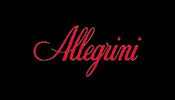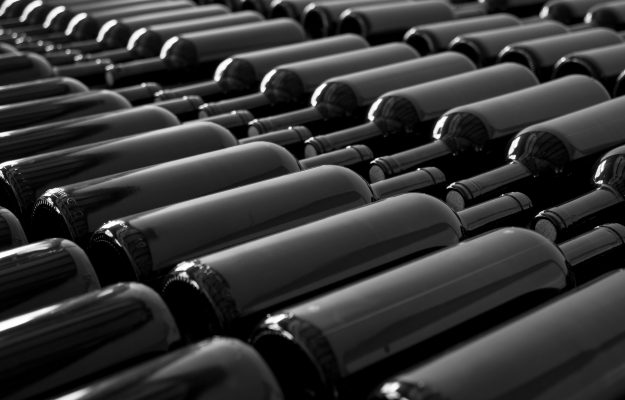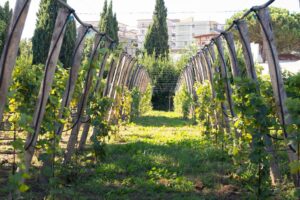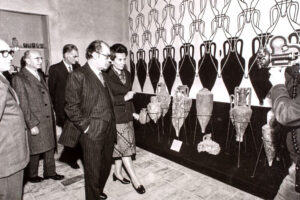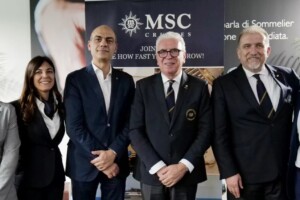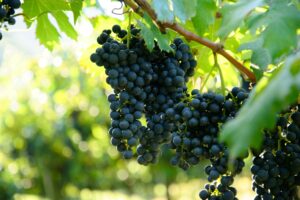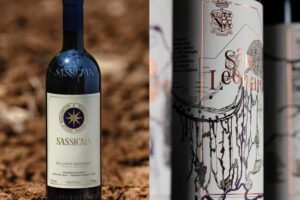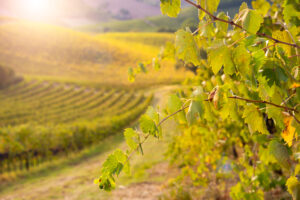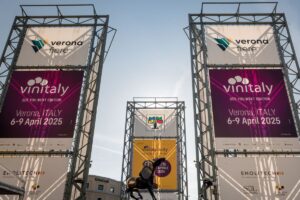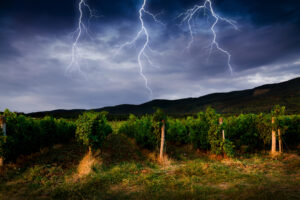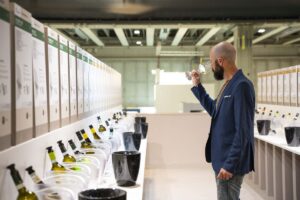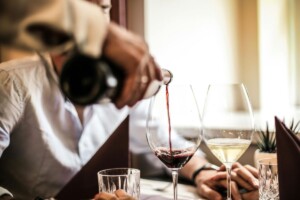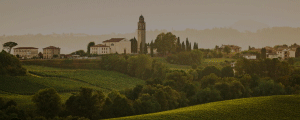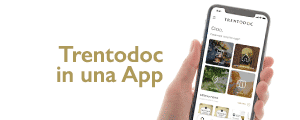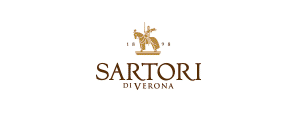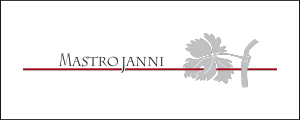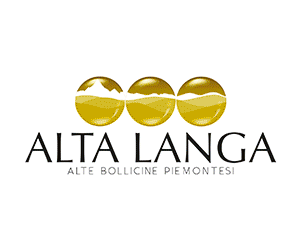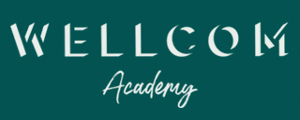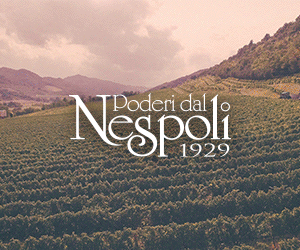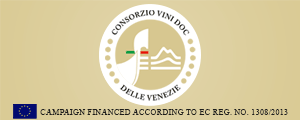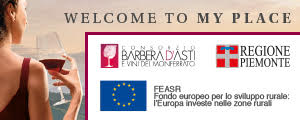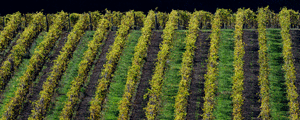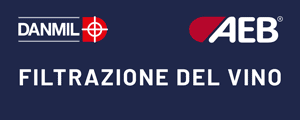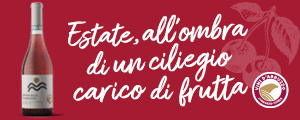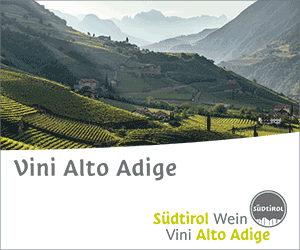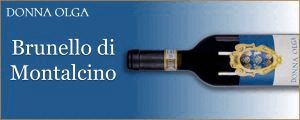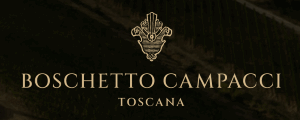At a time when sustainability is one of the values that increasingly guide consumers in their purchases, and when concern for the environment influences everyone’s daily choices, the world of wine is also adapting. In Sweden, where Italian wine has a 25% market share (40% of which is red), as of March 2024, a mandatory weight limit for glass bottles will come into effect: the goal is to move toward lighter and lighter containers in order to reduce Co2 emissions. And in Italy? According to research commissioned by Donne del Vino, in our country, “lightweight” glass bottles are associated with poor quality, so much so that companies that decide to adopt them prefer not to communicate their choices to consumers.
In contrast, in the Nordic countries, which have always been more eco-friendly and sensitive to environmental issues, concrete steps are already being taken toward greater sustainability in packaging. The Swedish monopoly Systembolaget, Federvini reports, will introduce, as of March 1, 2024, a weight limit for disposable bottles: for standard 750-ml bottles it will be 750 grams for still wines and 950 grams for sparkling wines. More specifically, it will introduce requirements in its terms and conditions of purchase regarding the maximum amount of CO2 emissions allowed per year and item for single-use glass bottles that exceed the stated maximum weights. Emissions are calculated based on volume sold and emissions per single-use glass bottle. This means that individual items that exceed the stated limits, but whose CO2 emissions remain below the maximum limit of 5 tons per year, are not subject to the requirement. However, the limits will be progressively lowered: in fact, Systembolaget’s long-term goal is to shift all sales to “lighter” bottles.
An important topical issue that was also recently addressed by the Donne del Vino of Tuscany, led by Donatella Cinelli Colombini, who promoted the scientific conference “Light Glass, Challenges and New Trends”, at the historic Vetreria Etrusca in Montelupo Fiorentino. On the occasion, a research study was presented, conceived by sommelier Paola Rastelli and carried out by Marta Galli, operations director of the Observatory on Sustainability in the Wine and Wine Tourism Sectors at the Università Cattolica del Sacro Cuore in Milan, with interviews with women producers from Veneto and Tuscany: this confirms the widespread willingness of women to contribute to the reduction of the carbon footprint of wine and shows how the choice of using lightweight glass is always accompanied by the presence of Organic or Sustainable certification.
But beware: if the ability to communicate one’s environmental choices is less generalized and is better in large companies (above 50 million in turnover), with particular reference to Scandinavian and Anglo-Saxon markets, unfortunately in Italy it becomes almost irrelevant. In our country, the use of light glass actually brings a competitive disadvantage for the producing winery. The outcome of the analysis on “false myths” regarding light glass is interesting: “it lets light through and this spoils the quality”, “the wine in light glass bottles has a shorter life”, “the company wanted to save money in packaging”. All fake news that associates the weight of the container with the importance of the content and explains the negative reaction of many Italian operators and consumers. This is why the weight of glass goes up when used on super premium wines, such as Brunello di Montalcino or Amarone della Valpolicella. This also explains the sentiment of many wineries that feel alone in the face of environmental choices and are calling for “consumer education” through newspapers, guides and consortia in order to see their efforts in sustainability rewarded.
Another problem with lightweight glass concerns the smaller number of sizes, a circumstance that sometimes forces a change in the look of the bottles. The research shows that for wineries, commitment to the environment is seen primarily as an ethical duty and not so much as an opportunity, because it has an economic cost and, for some practices such as the use of lightweight glass, it does not have a known certification such as Organic, so it does not get a commercial return. Bottle weight containment, glass recycling, and labeling of the correct disposal process are among the European proposals to reduce the environmental impact of wine production. These are being complemented by the reuse of used bottles, with a project that envisions, within 7 years, a share of between 5 and 10% of reused bottles among those placed on the European market. The proportion is expected to rise to 80% by 2040. With respect to the latter project, the opinions of manufacturers are very cautious and the major difficulties are pointed out, especially with regard to capping: even assuming approval of glass to a few sizes and the setting up of a circuit for the recovery and sanitization of used bottles, it is difficult, in fact, to imagine the absence of differences between the necks of containers made by different glassworks. Differences that could create serious problems for premium wines and aging wines.
Copyright © 2000/2024
Contatti: info@winenews.it
Seguici anche su Twitter: @WineNewsIt
Seguici anche su Facebook: @winenewsit
Questo articolo è tratto dall'archivio di WineNews - Tutti i diritti riservati - Copyright © 2000/2024



